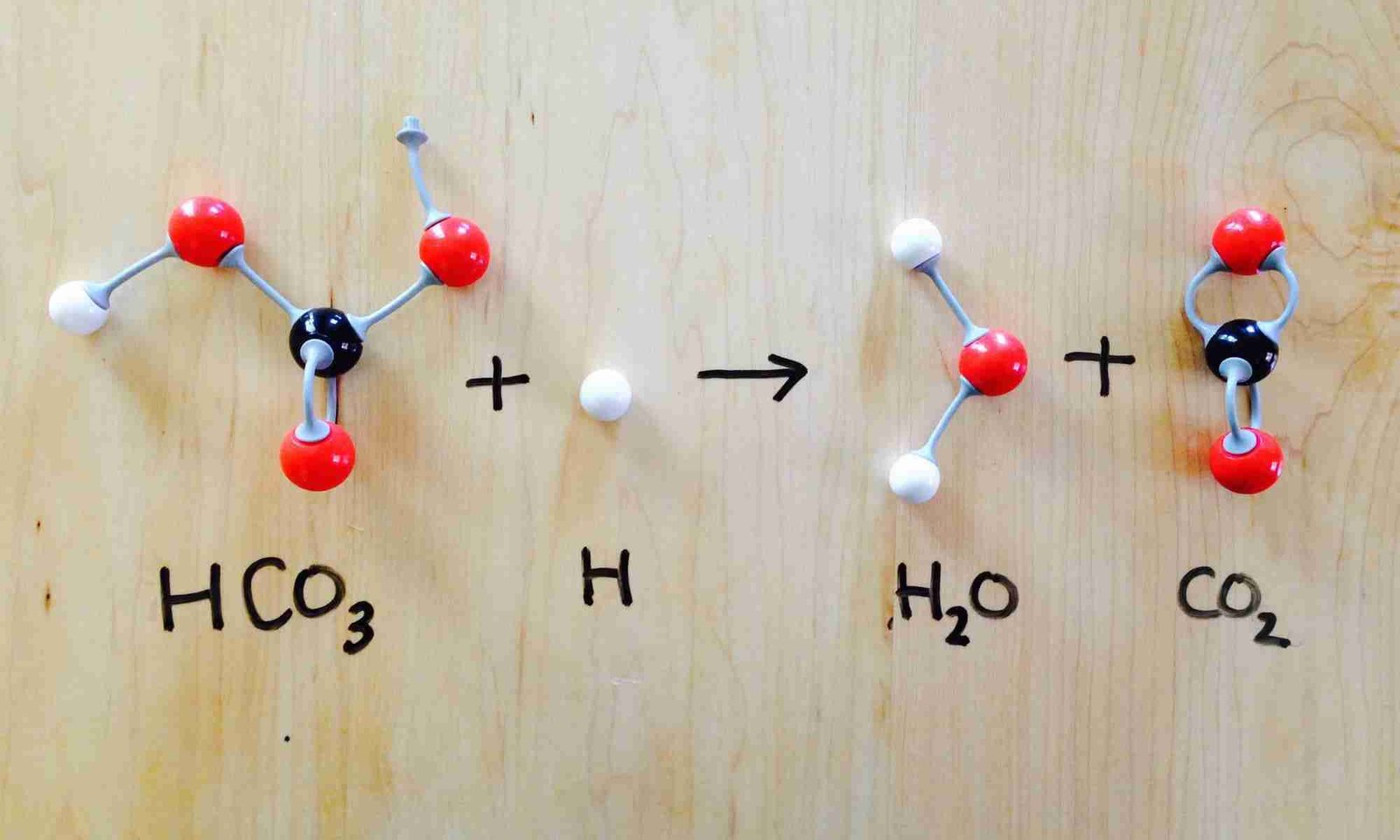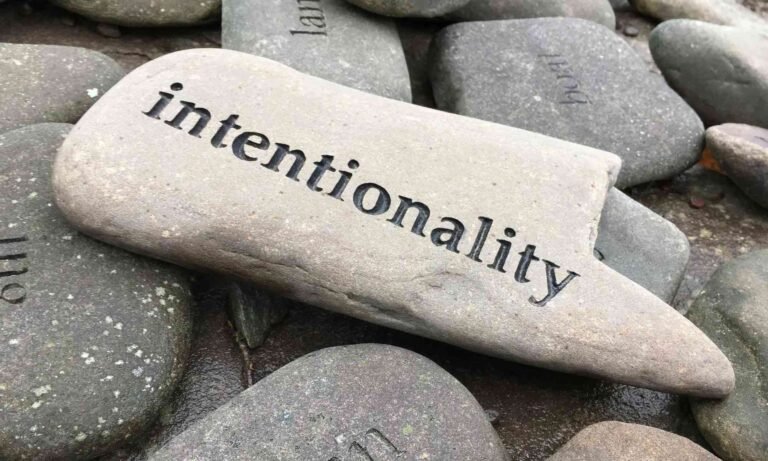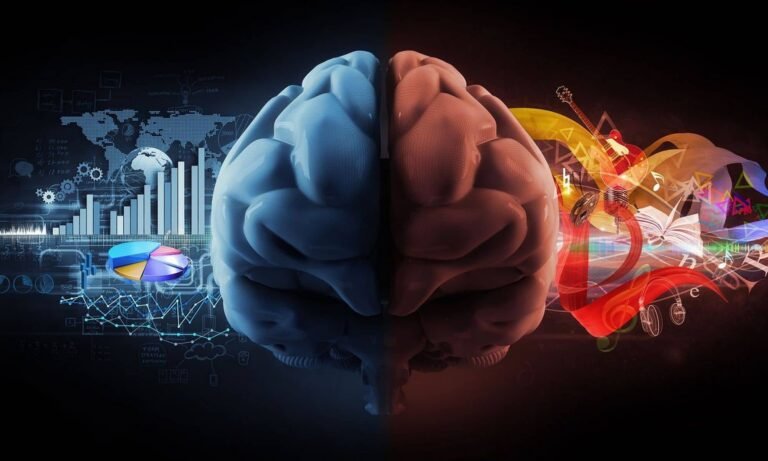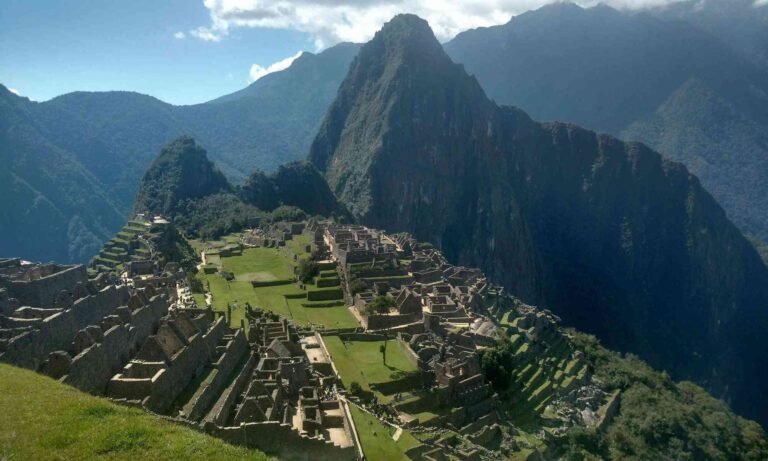The principle of action and reaction permeates various disciplines: In Physics, Newton’s Third Law tells us that every action produces an equal and opposite reaction, exemplifying fundamental forces. In Karma, actions and their moral weight are believed to shape future experiences. Metaphysics explores the nature of being and reality, pondering the consequences of existence and actions beyond the physical realm. Philosophy examines the nature of knowledge, reality, and ethical behavior, probing how actions shape our world. Lastly, in Chemistry, reactions involve the transformation of substances through the breaking and forming of bonds, releasing or absorbing energy in the process.
Physics
Exploring Newton’s Third Law: The Intricacies of Action and Reaction
In physics, action and reaction are fundamental concepts forming the basis of Newton’s Third Law of Motion, which states that for every action, there is an equal and opposite reaction. This law governs the behavior of objects in everyday life and space.
For example, when you sit in a chair, your body exerts a downward force due to gravity, and the chair exerts an equal and opposite upward force, preventing you from falling through. This interaction illustrates action and reaction at play.
The implications of this law are profound. In space, where there is no air resistance, this principle enables the propulsion of rockets. As the rocket expels exhaust gases downward, an upward thrust is generated, propelling the rocket forward. This is the reaction to the action of the gases being forced out.
On Earth, we see this law in sports, such as when a swimmer pushes against the water to propel forward. The swimmer’s hands and feet exert a force on the water (action), and the water pushes back with an equal force (reaction), moving the swimmer in the opposite direction.
Read More
Another interesting aspect of action and reaction is its role in understanding the forces within different systems. For instance, when analyzing the motion of a car, the engine generates a force that pushes the car forward. Simultaneously, the ground exerts an equal and opposite force on the tires, allowing the car to move. This interaction is crucial for the car’s acceleration and is a direct consequence of Newton’s Third Law.
The law also has its nuances and common misconceptions. For example, the forces in action-reaction pairs act on different objects, which is why they don’t cancel each other out. This is a critical point of understanding, especially for students new to the concept of Newtonian mechanics.
In conclusion, Newton’s Third Law of Motion – action and reaction – is a cornerstone of physics that explains the interaction of forces between objects. It’s a principle that not only helps us understand the physical world but also drives the technology that propels us into the future. Whether it’s the simple act of walking or the complex mechanics of a spacecraft, action and reaction are at the heart of motion and dynamics.
Karma
The Principle of Action and Reaction in Life: A Professional Insight
Sir Isaac Newton’s third law states that for every action, there is an equal and opposite reaction. This principle, known as the action-reaction law, has implications beyond physics and can be applied metaphorically to our daily lives and interactions.
The concept suggests that our actions, whether positive or negative, have consequences. Just as a swimmer pushes against the pool wall to move forward, or a rocket launches by expelling gases, our personal actions initiate a chain of reactions.
In a professional context, this principle can be observed in leadership and teamwork. A leader’s approach to managing their team – be it through motivation, inspiration, or coercion – will elicit a corresponding reaction from team members. Similarly, the way colleagues interact with one another, the effort they put into their work, and the attitudes they bring to the workplace all generate reactions that can affect the entire organizational dynamic.
Read More
Moreover, the action-reaction principle is evident in the broader scope of societal interactions. The policies implemented by governments, the social programs initiated by communities, and even the content shared on social media – all these actions have the potential to incite significant reactions from the public, shaping societal norms and cultural trends.
Understanding the implications of this principle can lead to a more mindful approach to our actions. It encourages individuals to consider the potential reactions their decisions may evoke and to act in a manner that fosters positive outcomes. For instance, in conflict resolution, being aware of the action-reaction dynamic can guide individuals to seek constructive solutions that benefit all parties involved.
In conclusion, the action and reaction principle, while rooted in the physical sciences, offers a valuable lens through which to view our interactions and behaviors. By recognizing the power of our actions to influence and shape our environment, we can strive to create a positive impact in our personal and professional lives.
Metaphysics
Exploring the Dynamics of Action and Reaction in Metaphysics
The concepts of action and reaction are pivotal in physics and hold significant philosophical weight in metaphysics. Metaphysical inquiry into action and reaction delves into causality and the interconnectedness of events and entities in the universe.
In metaphysics, the law of cause and effect is a central theme, often discussed in the context of how events unfold and influence one another. This raises profound questions about the certainty of cause-effect relationships and the complexity of multiple causes and effects.
These questions challenge our understanding of the linear progression of time and the nature of causality itself.
Aristotle’s contributions to metaphysics provide a framework for understanding these concepts. He saw the world as an organic system where everything has a purpose or function, and his approach to metaphysics was grounded in the study of being qua being—the study of existence in its most fundamental form. For Aristotle, understanding the substance of things was key to comprehending their causes and effects.
Read More
The discussion of action and reaction in metaphysics also touches upon the notion of free will and determinism. Some philosophers argue that if every action has a reaction, then the concept of free will may be an illusion, as our choices could be seen as predetermined reactions to prior events.
Moreover, the metaphysical perspective on action and reaction extends beyond the physical laws, suggesting that these principles may operate differently when applied to abstract entities or concepts. For instance, the idea of moral actions leading to corresponding reactions (karma) introduces a dimension where causality is not merely physical but also ethical.
The debate on action and reaction in metaphysics is vast and complex, encompassing various philosophical traditions and viewpoints. It invites us to consider the deeper implications of our actions and their repercussions, both in the physical world and beyond. As we continue to explore these themes, we enrich our understanding of the universe and our place within it, prompting us to reflect on the ultimate nature of reality and our ability to influence it.
Philosophy
The Interplay of Action and Reaction in Philosophy
Philosophy has long been fascinated with action and reaction, not just as physical phenomena, but as foundational elements of human behavior and ethics. The exploration of action delves into human intentionality and the consequences of our actions.
At the heart of action theory is understanding what constitutes an action versus mere behavior. This distinction is crucial as it underpins our notions of agency, responsibility, and moral accountability.
Philosophers like Aristotle have contributed significantly to this field, emphasizing the role of the agent’s intention in defining an action. According to Aristotle, a thorough explanation of an action must include both the efficient cause – the agent – and the final cause – the intention.
Read More
The modern discourse on action theory has been shaped by thinkers such as Donald Davidson, who posited that actions are bodily movements caused by intentions in the right way. This causal relationship between intention and action is central to understanding how we can be held accountable for our actions. Davidson’s theory suggests that without the proper causal link between intention and action, we cannot attribute moral significance to the behavior.
Another aspect of action theory is the concept of reaction, which can be seen as the response to an action, whether it be another action, a change in belief, or an emotional response. The dynamics of action and reaction are not only relevant in interpersonal relationships but also in understanding societal and cultural shifts. Actions often provoke reactions that can lead to a chain of events, influencing the course of personal lives and even history.
In the realm of ethics, the interplay between action and reaction is also significant. Ethical theories often evaluate the morality of an action based on its consequences or reactions. Utilitarianism, for example, assesses the moral worth of an action by the amount of happiness or utility it produces, essentially focusing on the reaction to the action.
The philosophical inquiry into action and reaction also touches upon the debate surrounding free will and determinism. If every action has a reaction, and if these reactions can be predicted or determined by prior events, what does this say about human freedom? Philosophers have grappled with this question, trying to reconcile the apparent determinism of action-reaction chains with the experience of free will.
In conclusion, the philosophical examination of action and reaction provides a rich and complex framework for understanding human behavior and morality. It challenges us to consider the implications of our actions, the nature of our intentions, and the reactions they elicit. As we navigate through the myriads of choices in life, the theories of action and reaction remind us of the weight our decisions carry and the ripple effects they create in the world around us.
Chemistry
The Intriguing Dance of Chemical Reactions: Action and Reaction
In chemistry, action and reaction are embodied in the principle of cause and effect, where chemical reactions transform reactants into products through bond-breaking and bond-forming steps. Governed by thermodynamics and kinetics, these reactions follow the law of conservation of mass, stating that matter is neither created nor destroyed, so the total mass of reactants equals the total mass of products.
Chemical reactions can be exothermic, releasing energy, or endothermic, absorbing energy, and this energy change is a key aspect of chemical reactions. The rate of a chemical reaction is influenced by various factors, including temperature, pressure, concentration of reactants, and the presence of catalysts. Catalysts are substances that increase the rate of a chemical reaction without being consumed in the process. They work by providing an alternative reaction pathway with a lower activation energy, which is the minimum energy required for a reaction to occur.
Read More
The nature of chemical reactions is also described by reaction mechanisms, which are step-by-step descriptions of the sequence of events that lead to the product formation. These mechanisms often involve intermediate species and transition states, which are high-energy configurations of atoms during the reaction process. Understanding these mechanisms is crucial for the synthesis of new compounds and the development of industrial processes.
Moreover, chemical reactions are classified into different types, such as synthesis, decomposition, single replacement, and double replacement reactions. Synthesis reactions involve combining elements or simpler compounds to form more complex compounds. Decomposition reactions, on the other hand, involve breaking down complex compounds into simpler substances or elements. Single replacement reactions occur when an element replaces another element in a compound, while double replacement reactions involve the exchange of ions between two compounds to form two new compounds.
In summary, action and reaction in chemistry refer to the dynamic processes that govern the transformation of substances. These processes are characterized by the interplay of energy changes, reaction rates, and the intricate dance of atoms and molecules as they break old bonds and form new ones, ultimately leading to the diverse array of chemical compounds that make up our world. Understanding these principles is essential for the advancement of chemical sciences and their applications in various fields, from medicine to environmental science.
What’s More
The posts in My Blog feature reflective, story-driven pieces rooted in personal and societal insights.
The topics in My Interests explore abstract, philosophical ideas and their cultural and societal impact.
👁️ 9,902 Views



















